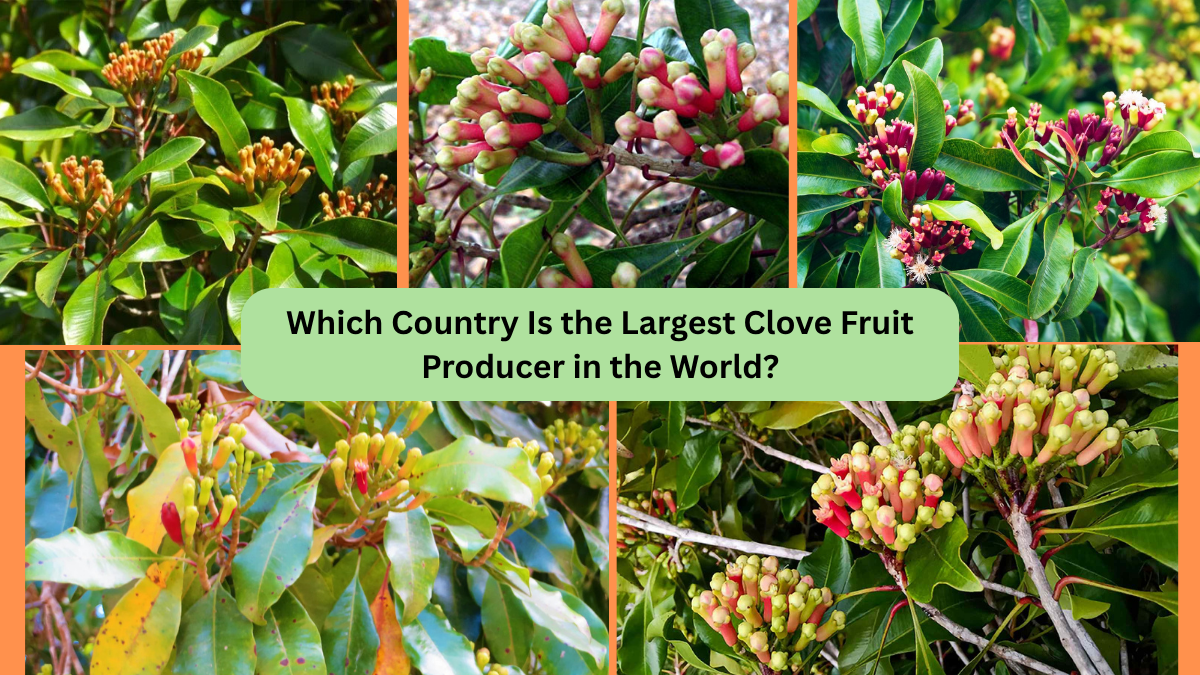The clove fruit, derived from the clove tree (Syzygium aromaticum), holds a special place in culinary, medicinal, and cultural traditions across many nations. While most people recognize cloves as aromatic flower buds used in cooking and medicine, fewer are aware of the clove fruit itself — an edible, subtly sweet, and mildly spicy fruit consumed in some parts of the world. In this article, we’ll explore the history, uses, global significance, and most importantly, reveal which country is the largest clove fruit producer in the world.
What Is Clove Fruit?
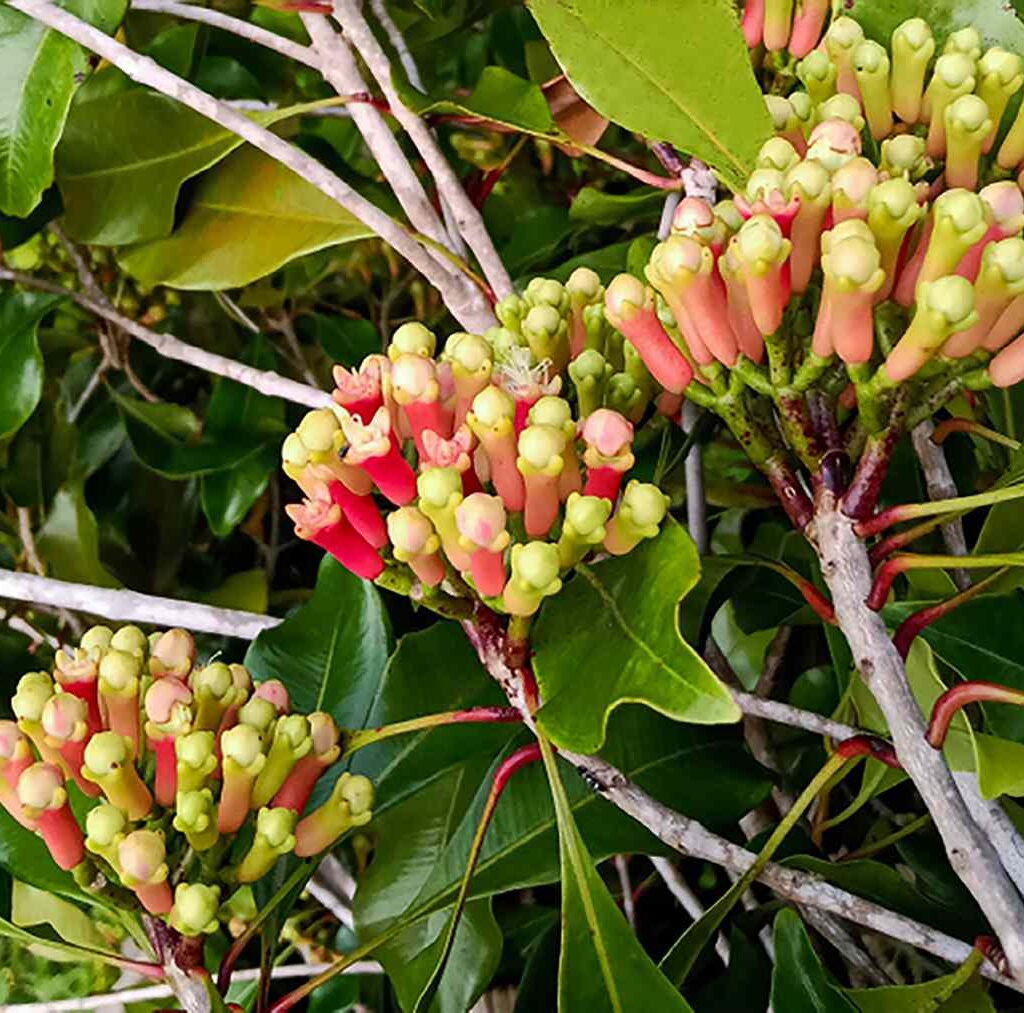
The clove tree, native to the Maluku Islands of Indonesia, produces both flower buds and small, fleshy, red-to-purple fruits known locally as “buah cengkeh”. While the dried flower buds (cloves) dominate global spice markets, the fruit is enjoyed fresh, boiled, or turned into preserves and beverages in local communities.
Clove fruits are oval-shaped, slightly tart, and contain a single seed. They possess a milder clove flavor than the dried buds and are valued for their cooling, digestive, and anti-inflammatory properties.
Historical and Cultural Importance
Cloves have been an integral part of history for over 2,000 years. Indigenous to Indonesia’s Spice Islands (Maluku Islands), cloves were once so highly prized that they sparked maritime exploration and colonial conflicts.
While the buds traveled to Middle Eastern, European, and Asian markets, the fruits remained a local delicacy and medicine in Indonesia and nearby nations.
The Largest Clove Fruit Producer in the World: Indonesia
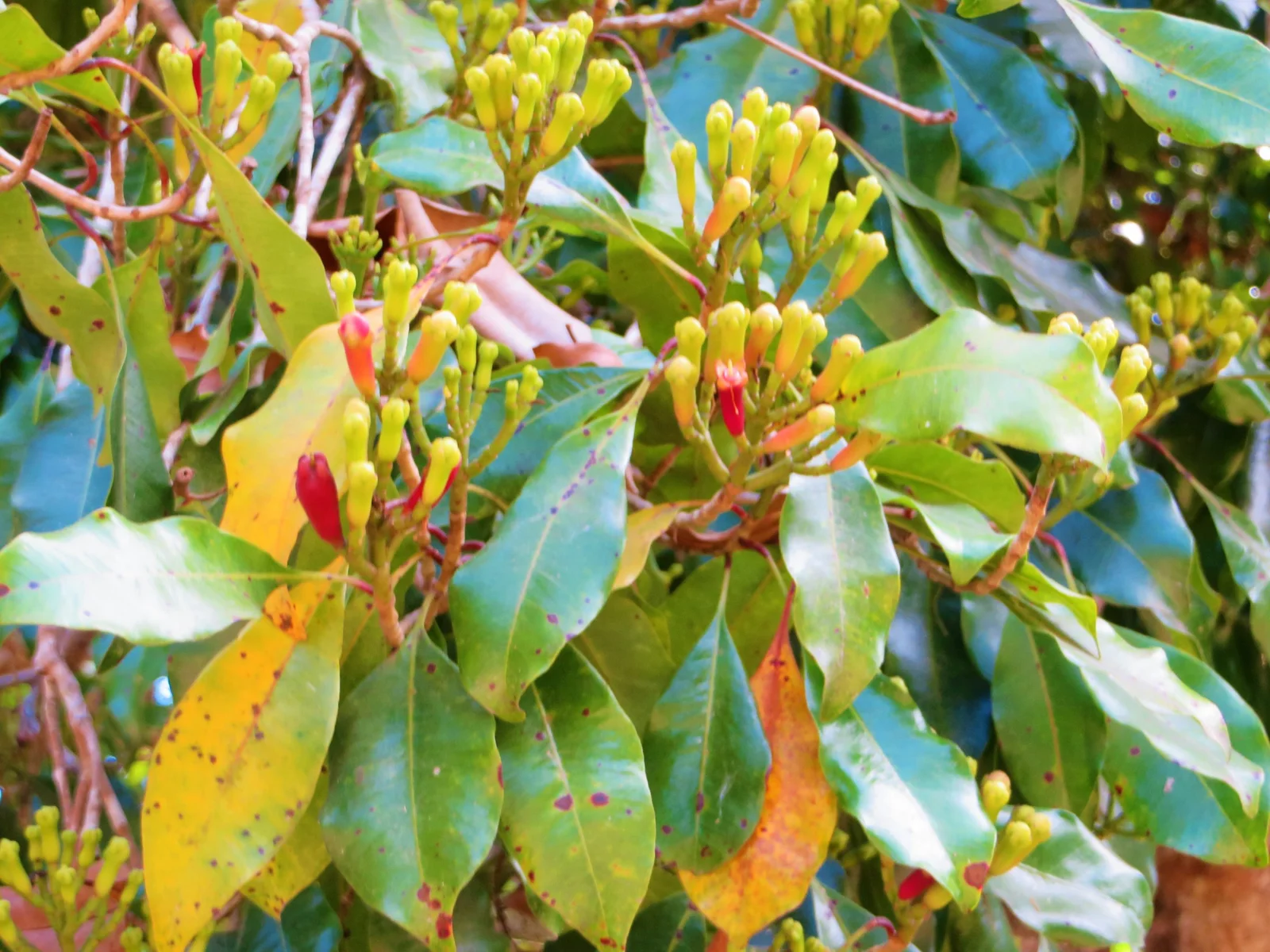
Indonesia is the largest producer of clove fruit in the world.
Why Indonesia Leads in Clove Fruit Production
1. Indigenous Habitat:
Indonesia’s Maluku Islands are the natural home of the clove tree, with optimal tropical climate, volcanic soils, and consistent rainfall ideal for clove cultivation.
2. Largest Global Clove Plantation Area:
Indonesia cultivates over 500,000 hectares of clove plantations, mainly on islands like Sulawesi, North Maluku, and Sumatra.
3. Deep-rooted Culinary and Medicinal Use:
Clove fruits are traditionally consumed fresh, boiled with sugar, or made into syrups and herbal tonics.
4. Export Leadership:
While the dried buds dominate international spice exports, Indonesia remains the top source of fresh and processed clove fruits for niche markets in India, the Middle East, and Southeast Asia.
Other Major Clove Fruit Producing Countries
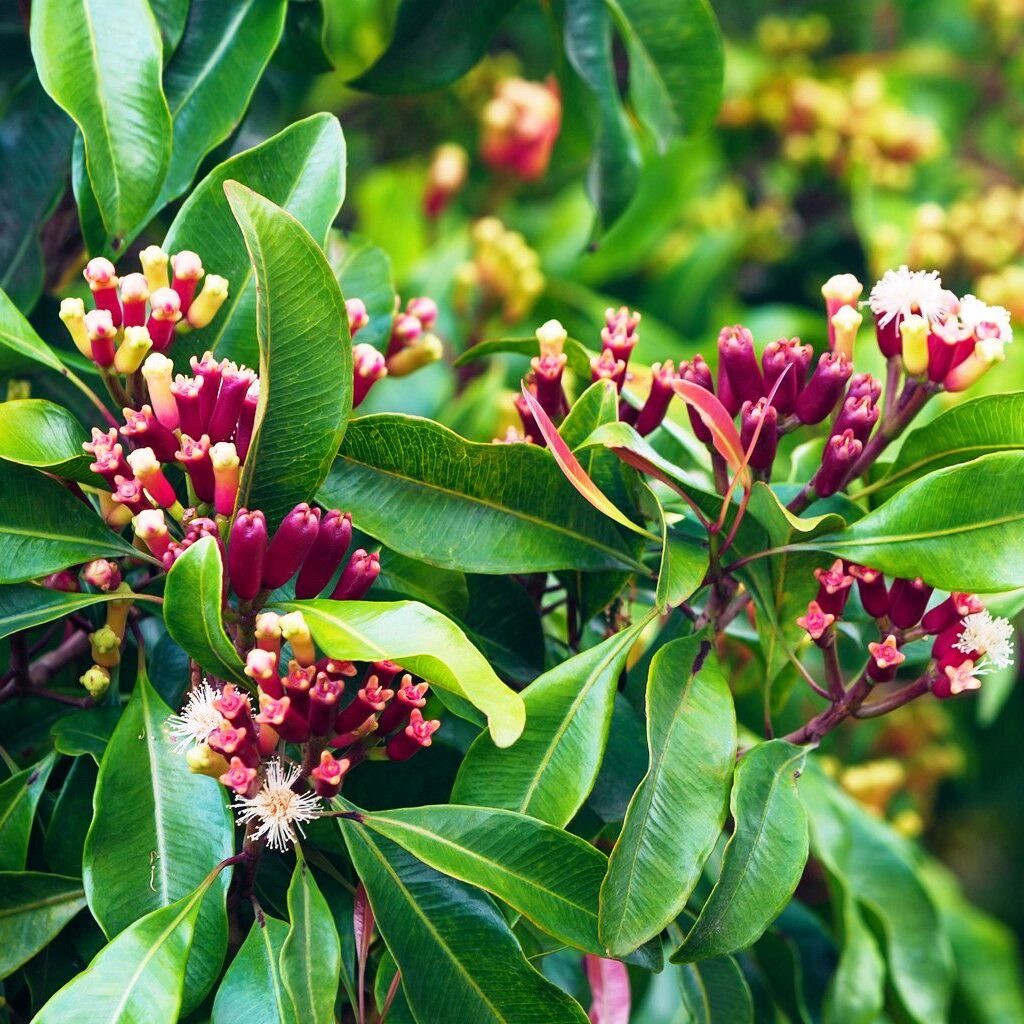
Though Indonesia is unrivaled, several other tropical nations cultivate clove trees and harvest their fruits:
Madagascar:
A significant clove producer, though primarily for spice markets. Limited local consumption of the fruits.
Tanzania:
Notably Zanzibar, where cloves are a vital cash crop. Fruits are consumed in coastal communities.
India:
Cultivated in Kerala and Tamil Nadu, where both buds and fruits are valued in Ayurvedic medicine.
Sri Lanka:
Home to small clove orchards with local uses of clove fruit in herbal concoctions.
Nutritional and Medicinal Benefits of Clove Fruit
Clove fruits, like their buds, offer numerous health benefits:
- Rich in Antioxidants: Combat oxidative stress.
- Natural Anti-inflammatory: Used traditionally to treat sore throats and digestive issues.
- Digestive Aid: Consumed to ease bloating and indigestion.
- Antimicrobial Properties: Fights bacterial and fungal infections.
- Vitamin C and E Content: Supports immune function and skin health.
Culinary and Traditional Uses
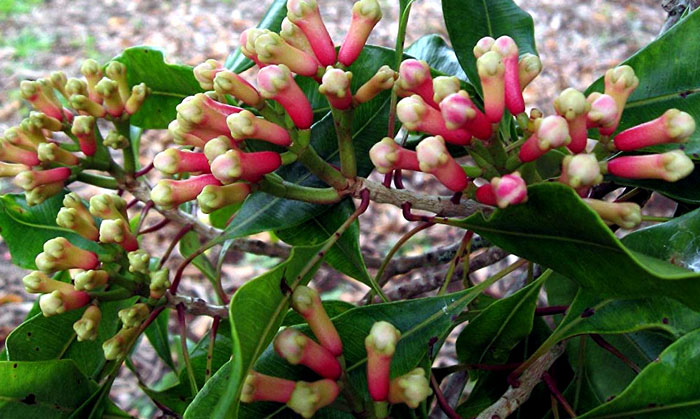
- Fresh Consumption: Enjoyed raw for its refreshing, mildly spicy flavor.
- Syrups and Preserves: Boiled with sugar to make a cooling drink.
- Herbal Medicine: Infused into tonics for colds, fevers, and digestion.
- Dessert Flavoring: Occasionally used in regional sweets.
Economic Importance in Indonesia
Clove fruit contributes to local and regional economies, especially in rural communities:
- Supplementary Income: Farmers sell clove fruits fresh or boiled in local markets.
- Tourism Connection: Featured in culinary tours and spice garden experiences.
- Herbal Product Manufacturing: Used in traditional jamu (Indonesian herbal medicine) industries.
- Value-added Exports: Small-scale exports of clove fruit preserves and syrups.
Challenges in Clove Fruit Production

- Limited Market Demand: Compared to clove buds, fruits have smaller commercial markets.
- Short Shelf Life: Highly perishable, limiting export opportunities.
- Climate Vulnerabilities: Susceptible to storms, drought, and fungal diseases.
- Price Fluctuations: Dependence on spice markets affects farmer incomes.
Future Prospects and Industry Trends
Interest in clove fruits is steadily growing due to:
- Herbal Wellness Trends: Rising global demand for natural health remedies.
- Culinary Innovation: Chefs incorporating unique tropical fruits into gourmet dishes.
- Agrotourism Expansion: Spice farms promoting farm-to-table and immersive tourism.
- Nutraceutical Development: Research into clove fruit’s potential in natural supplements.
Conservation and Sustainable Farming Practices
To secure the future of clove production:
- Agroforestry Integration: Combining clove trees with other crops for ecological benefits.
- Organic Certification: Growing demand for chemical-free, sustainable spice and fruit production.
- Reforestation Initiatives: Planting clove trees in degraded lands for environmental restoration.
- Farmer Training Programs: Educating growers on sustainable harvesting and value addition.
Conclusion
Indonesia’s tropical archipelago, rich cultural traditions, and extensive spice plantations have established it as the largest clove fruit producer in the world. From ancient Maluku forests to bustling local markets and traditional medicine stalls, clove fruits continue to enrich Indonesian lives and culture.
While other nations like Madagascar, Tanzania, and India maintain modest clove fruit production, none rival Indonesia’s historical, ecological, and economic connection to this unique fruit. As global interest in herbal wellness and exotic culinary ingredients rises, Indonesia’s clove fruit sector holds promising opportunities for both cultural preservation and market growth.
